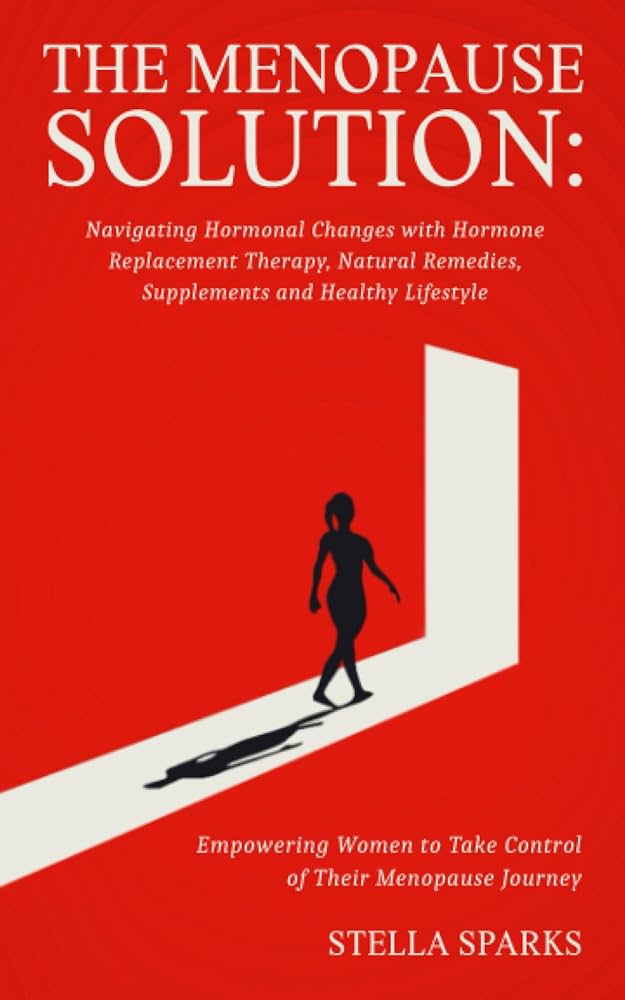Hormone Replacement Therapy: Empowering Women Through Menopause
– Hormone replacement therapy (HRT) is medication that contains female hormones used to replace estrogen during menopause.
– It is primarily used to treat menopausal symptoms such as hot flashes, night sweats, and vaginal discomfort.
– HRT has been proven to prevent bone loss and reduce fractures in postmenopausal women.
– There are risks associated with HRT, including an increased risk of heart disease, stroke, blood clots, and breast cancer.
– There are two main types of HRT: estrogen-only therapy (ET) and a combination of estrogen and progestin therapy (EPT).
– ET is recommended for women who have had a hysterectomy, while EPT is recommended for women with an intact uterus.
– HRT can be administered in several forms, including pills, patches, creams, gels, and injections.
– The optimal dosage, duration, and route of administration of HRT should be individualized for each woman based on her symptoms, medical history, and risk factors.
– Regular follow-up care and screenings, such as mammograms and pelvic exams, are important for monitoring the benefits and risks of HRT.
– Making healthy lifestyle choices, including exercise, a healthy diet, maintaining a healthy weight, not smoking, limiting alcohol, managing stress, and managing chronic health conditions, is recommended alongside HRT.
– Nonhormonal approaches, such as keeping cool, limiting caffeine and alcohol, and using relaxation techniques, can help manage hot flashes.
– There are nonhormonal prescription medications, vaginal moisturizers/lubricants, and a prescription medication called ospemifene (Osphena) that may help with menopausal symptoms.
– Individual symptoms and health risks should be discussed with a doctor to determine if HRT is a suitable treatment option.
– Regular conversations with a doctor are important as recommendations for menopausal treatments may change over time.
